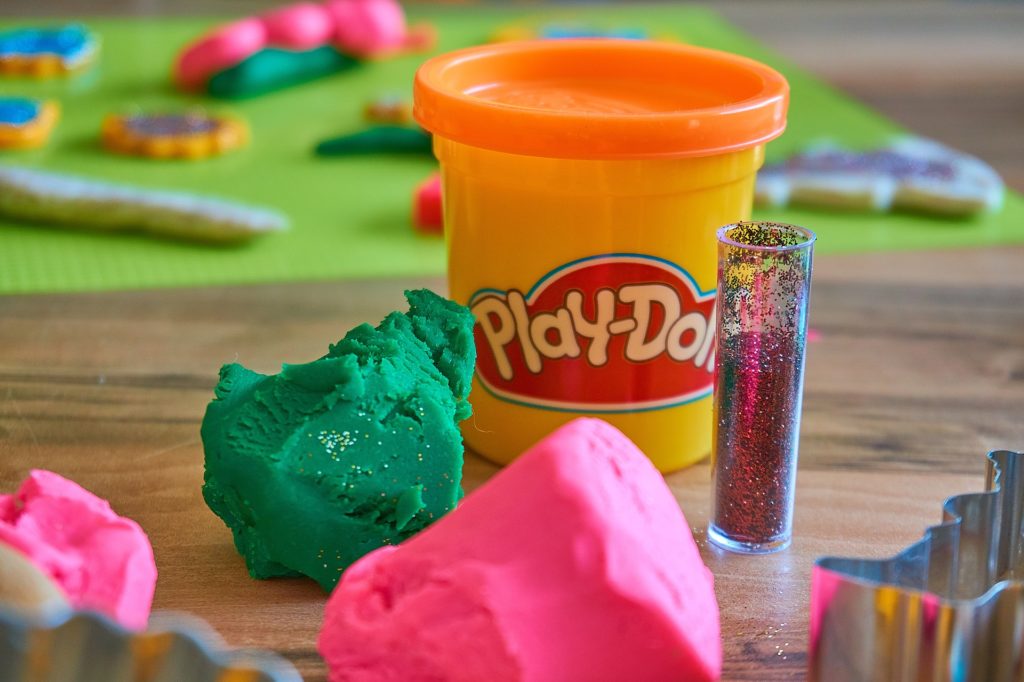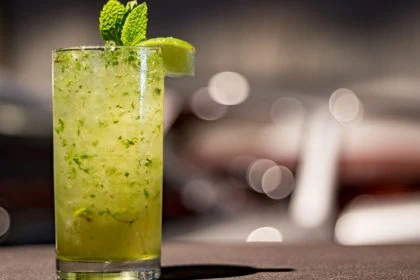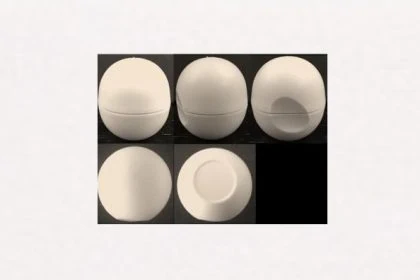Hasbro has received scent trademark rights from the US Patent and Trademark Office for the unique scent of its “Play-Doh” play dough. So in the US it is possible to have a smell trademarked if it has distinctive character for customers. In the EU the hurdles for registering a scent trademark are still much higher under the current legislation.
The sweetish-fruity doughy scent of the play dough, invented in 1956 and loved by children worldwide, is now officially protected as an scent trademark. The toy manufacturer Hasbro is now the 13th company in the US to have registered a scent trademark with the US Patent and Trademark Office (USPTO). With the registration Hasbro wants to prevent competitors from bringing comparable products with a similar scent to the market.
USA: Scent must be distinctive for consumers

The example “Play-Doh” demonstrates again that it is generally possible in the US to protect a scent as a trademark. But this requires that individuals or companies prove that consumers associate a scent with a particular product or thing. To bring this proof is not that easy and often needs a lot of effort. Usually companies conduct surveys and studies to convince the USPTO of the distinctiveness of their scent to be protected.
To date successfully registered scent trademarks in the US are for example the flowery musk fragrance that is used in the shops of the telecommunications company “Verizon”, various fruity fragrances for a lubricant of “Manhattan Oil”, which is mixed as a kind of car perfume in the gasoline or a certain chewing gum scent that the Brazilian manufacturer “Grendene” used for giving his shoes and flip flops the extra note.
EU: Scent trademark had to be graphically displayable for a long time
Although it is theoretically possible to register an scent trademark in the European Union, it has so far been difficult to do so in practice. The current case law is based on a decision of the European Court of Justice in 2002 (Sieckmann v. DPMA). The decision stated that visually imperceptible marks – like fragrances – can only be registered as a trademark if they can be graphically displayed.
The graphic presentation of the scent trademark has to be clear, distinctive, self-contained, easily accessible, understandable and permanently objective. The specification of a chemical formula is not sufficient here. Requirements that applicants can hardly meet.
Only one successfully registered scent trademark in the EU
In 2005, for example, the European Court of First Instance dismissed the application for a scent trademark, which contained a display entitled “The scent of a ripe strawberry”. The CJEU ruled that the description does not meet the requirements of clearness and objectivity, as there exists more than a single strawberry scent.
The highest court in France ruled in 2006 in the case of “Bsiri-Barbir v. Haarmann Reime” on the protectability of a perfume. The result: the scent of perfume ist not protectable because it is “an application of purely technical knowledge without any signs of creativity” and the scent is perceived differently from every person.
But there is one special case after all: In 2000 the “scent of freshly mown grass” managed to be registered as the only scent Union mark to date. However, the trademark, which describes a grass scent attached to tennis balls, has expired in 2007 due to non-renewal.
The use of fragrances and scents in the marketing by companies is becoming more and more important. Therefore, it will be interesting to see whether EU legislation will in the near future facilitate the registration of scent trademarks for companies. The American legislation could be a model for that. All the more so since the new EU Trademark Regulation 2017 no longer requires the previously required graphic representation of the protected area.
Are you interested in brand or trade mark protection?
Please take your chance and contact us. Our lawyers are experienced in trademark and patent law, national and international law.
Sources:
Text: Washington Post, Roedl,de
Images: LMoonlight /pixabay.com / CCO License | PublicDomainPictures /pixabay.com / CCO License









Leave a Reply